For many car owners, tire rotation is at the very bottom of their maintenance checklist. But it’s one of the simplest, yet most critical maintenance activities. After all, no matter how great the condition of your vehicle, if the tires are in bad shape, your car might not perform at the intended level.
One reason for ignoring tire maintenance is the fear of mounting car ownership costs. These expenses can add up to a sizeable amount over time, but they're crucial for keeping your vehicle in good shape. With that in mind, how much does a tire rotation cost? And does your car really need it? In this article, we're going to help you find the answers.
In simple terms, a tire rotation involves switching your vehicle's four tires. This is essential since tires usually wear unevenly because of the different levels and types of stress they endure at each wheel. For example, in front-wheel drive vehicles, front tires typically wear out faster than the rear ones.
And if you’re frequently taking sharp right turns, it could put extra stress on your left front tire.
By rotating tires regularly, you can help achieve similar wear on all four tires over time. It alternates the levels of stress so that one tire doesn't get worse than the others. Ideally, this should prevent you from needing to replace your tires more often because they'll all be wearing down evenly.
Rotating your tires on a regular basis can also reduce the strain on drive components and provide better traction and handling when you're making those sharp turns or stepping on your brakes to come to a sudden halt. Therefore, in the long-term, tire rotations may yield significant cost savings when it comes to tire replacements and general maintenance. Having your tires rotated could even improve the vehicle’s overall performance and provide better fuel efficiency. This means you may save money at the gas station, too.
In many cases, it might be a mandatory requirement for tire warranties to remain valid, so you'll have to do it if you want to keep your tires covered.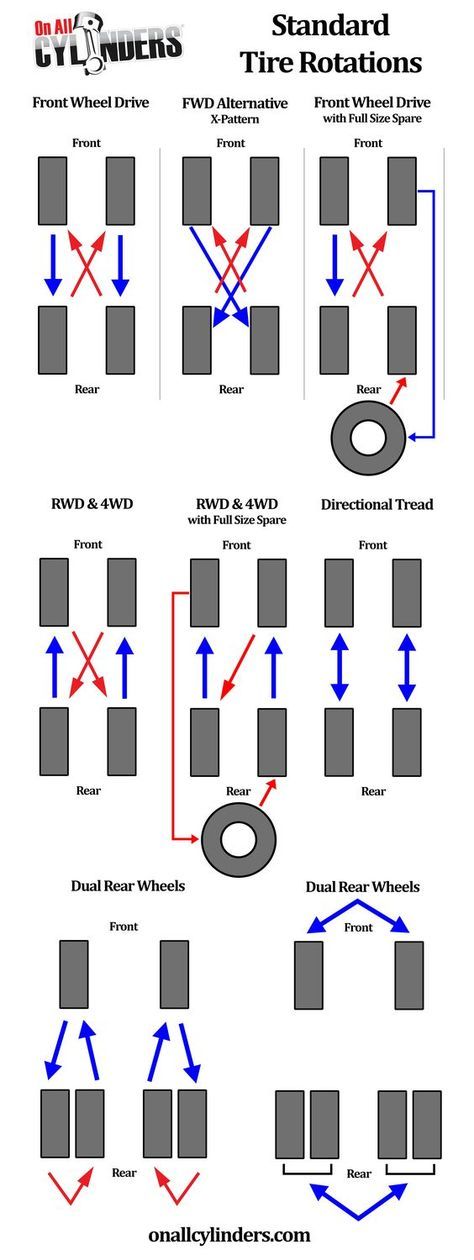 But most importantly, it could improve road safety for you and your loved ones. That's something you should never leave to chance.
But most importantly, it could improve road safety for you and your loved ones. That's something you should never leave to chance.
Mechanics typically recommend a tire rotation every 5,000 to 8,000 miles, check your owners manual for the manufacturer’s recommendations. That’s around every six to 12 months, but this could depend on several factors. For example, the tire rotation frequency could vary based on your car’s make and model. If you’re using a newly bought vehicle, then the owner’s manual can guide you on this.
A car that undergoes rough handling may also need more frequent tire rotations. The weight of the vehicle could have a say in this, too. And a new set of tires usually require a rotation sooner. This is because uneven tread wear would be more pronounced on new tires than on their older counterparts.
You can also gauge uneven tire wear on your own with a visual inspection. If you haven’t rotated the tires in a while, you may notice different levels of tread wear on each tire.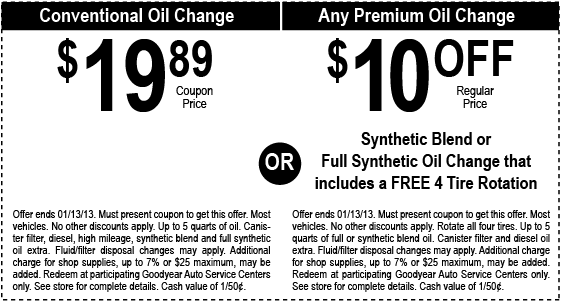 Also, watch out for frequently low tire pressure on one or two tires or a vibration when you’re driving at higher speeds. All these could signal that it’s high time for a tire rotation.
Also, watch out for frequently low tire pressure on one or two tires or a vibration when you’re driving at higher speeds. All these could signal that it’s high time for a tire rotation.
If in doubt, speak to a qualified mechanic for advice on when you should rotate your tires.
Generally, a tire rotation could cost somewhere between $24 to $50. But sometimes, it could even go up to $120. What you pay might depend on where you go and what other services you get.
Some car owners who are looking to cut down on maintenance costs may choose to perform this task on their own, but it’s usually best to hire a qualified mechanic. Taking your car to a professional could give you an opportunity to get a quick visual inspection done by an expert.
For instance, they could check for uneven tread wear on the inside and outside parts of a tire, which may mean a more serious issue that requires attention. Your mechanic could also advise you on the best tire rotation pattern for the car. This would depend on several factors such as your vehicle and tire type.
This would depend on several factors such as your vehicle and tire type.
At the end of the day, tire rotation costs should not prevent you from getting your tire maintenance work done on time. The benefits of having this service performed regularly usually outweigh the cost. If you find your mechanic’s quote to be on the high side, don’t be afraid to shop around and find somewhere more affordable.
Here are a few other tips to keep in mind when thinking about tire rotation:
 And uneven wear might signal that the car hasn't gone through regular maintenance. Understanding these could help you negotiate a better deal.
And uneven wear might signal that the car hasn't gone through regular maintenance. Understanding these could help you negotiate a better deal.Unlike an oil change or a brake disc service, you may not encounter immediate troubles if you forget to schedule a tire rotation. But the consequences of continuing to neglect it could be costly, not just financially, but also in terms of safety. Remember, the performance of your entire car may ride on your tires, quite literally. So, regular tire rotation and maintenance should not be just an afterthought.
Tire rotation is a vital maintenance service that should be performed regularly—though it’s easy to forget. If you haven’t had a tire rotation recently, you may be wondering how much it’ll cost.
Tire rotations aren’t usually expensive. Yet they can save you thousands on premature tire replacements and undue suspension repairs. And usually, it’ll be done within an hour. So how much does such a vital service cost?
So, how much does it cost to get a tire rotation? The average price of a tire rotation costs between $35 for a basic job to $100+ for an extensive service on a tricky vehicle. Most customers walk out the door spending less than $100, including taxes, and spend an average of 40 minutes waiting for the job to be finished.
A tire rotation is one of the least pricey and most important regular services for your car. However, most tire rotations aren’t just a rotation, and several factors can increase the cost. If you opt for tire balancing and an alignment, the cost can quickly jump to $150, especially if your car is overdue for either.
We sourced the information in this article from careful research and industry pricing trends. We also drew off our professional experience working in the wheel and tire industry.
Before we get into tire rotation pricing, let’s cover what the service really means and why it’s so important. A tire rotation simply rotates the tires around the car. In many cases, this is a simple task—but depending on the type of car, it may be more complex and labor-intensive.
Roads are imperfect, and mechanical stress on various parts of a car differs widely. For example, the weight of the engine over the front wheels can cause the tires to wear faster than the back wheels—though a rear-wheel-drive vehicle may wear the rear tires faster.
Another comparison between the front and back wheels has to do with steering. A back tire may never use the outer bands of the tread, as the wheels are laterally fixed. However, the variations caused by steering the front wheels may wear the outer tread more significantly.
A tire rotation moves the tires around, allowing them to wear down more evenly as they’re exposed to the same stresses over the life of the tire.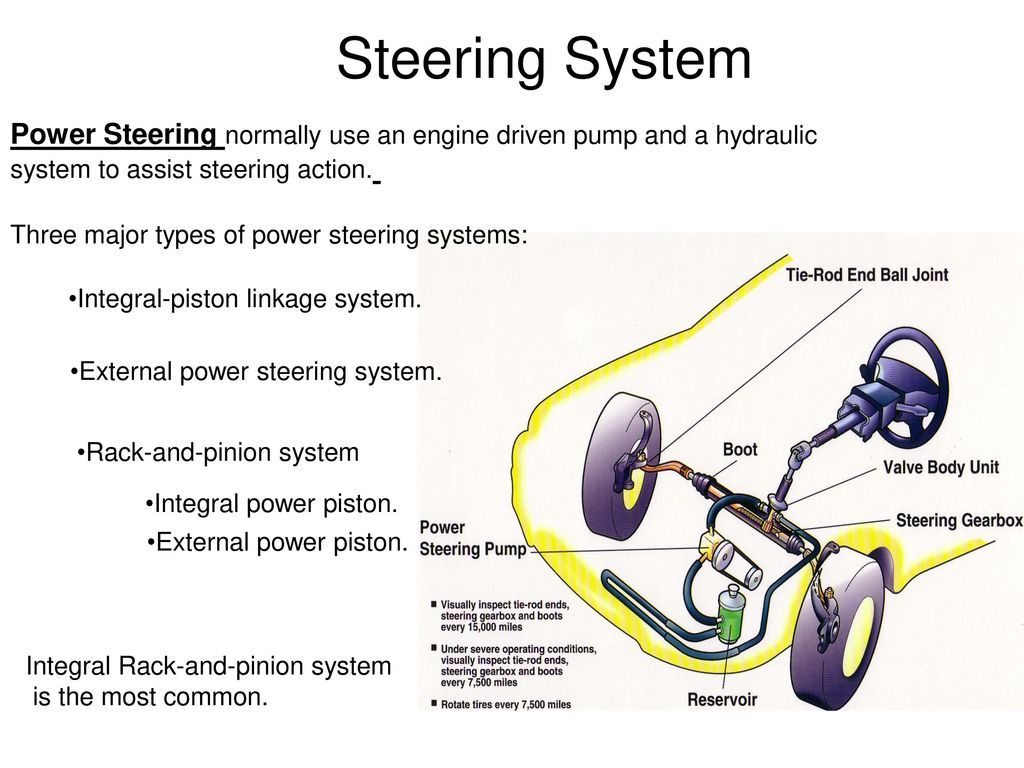 Without a tire rotation, you’ll get unevenly-worn tires that will need to be replaced sooner, even though some areas have very little wear.
Without a tire rotation, you’ll get unevenly-worn tires that will need to be replaced sooner, even though some areas have very little wear.
The tire rotation process itself depends largely on the type of vehicle, wheel sizes, and tire types.
In the past, a tire rotation was performed by simply unbolting each wheel and ‘rotating’ it one forward or one back. By the end of this process, each wheel will have advanced one single position. Another common procedure for traditional rear-wheel-drive vehicles was to simply swap the front and rear tires.
However, modern cars with varied drive lines have a different procedure. The process is further complicated if the wheels on the front are a different size than they are on the rear, which is common in luxury and performance cars made by companies such as BMW.
For most typical cars and light trucks, a tire rotation is one of the least expensive services you can receive. The lowest cost of a tire rotation hovers around $35 to $50, and it’s usually done in less than an hour.
The lowest cost of a tire rotation hovers around $35 to $50, and it’s usually done in less than an hour.
However, luxury cars and larger vehicles tend to be more expensive to service, and tire rotation may be effectively impossible. These vehicles cost upwards of $200 for a tire rotation, and they may require total tire replacement in about half the mileage of a standard car with equally-sized wheels and tires.
Often, people opt to have their tires balanced and (perhaps) receive an alignment as well, which can cost at least $20 to $30 extra. Despite the increased cost, this procedure is usually necessary as wheels should be balanced at regular intervals—especially as tires wear down.
The vast majority of cars sold today are front-wheel-drive, or FWD. This means that the engine (which is usually horizontally-oriented) sends the power to the front wheels, which also do the steering. As you can imagine, this causes the front tires to wear out faster than the rear tires.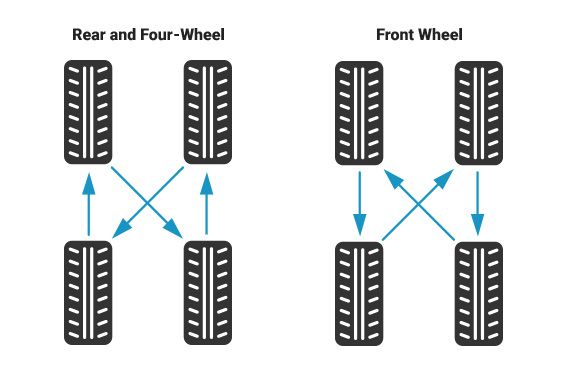
In a standard FWD car, like a Honda Civic or a Toyota Corolla, a technician will typically rotate the front and rear tires in an “X” pattern. The rear passenger wheel and tire go to the front driver’s side, and the rear driver’s side wheel and tire go to the front passenger side.
Basic front-wheel-drive cars are usually the least expensive to service, as the tires hardly ever need to be removed from the wheels. The average cost of a front-wheel-drive tire rotation is between $40 and $70, and the job time is less than an hour.
Rear-wheel-drive (or RWD) vehicles were once the standard configuration for cars and trucks. This began to change in the 1980s, as the advantages of FWD for commuter cars made them a preferable option. Still, the procedure for rotating RWD tires is virtually identical to FWD cars, and the cost remains the same.
The cost to rotate a typical RWD vehicle’s tires is between $30 and $80. It can cost more due to the generally increased size of the tires on older vehicles.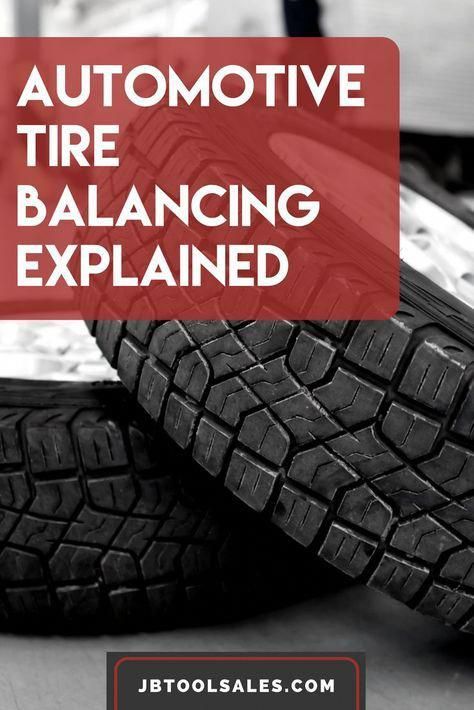 Today, most RWD vehicles are pickup trucks or performance vehicles, which have their own sets of challenges that we’ll cover later.
Today, most RWD vehicles are pickup trucks or performance vehicles, which have their own sets of challenges that we’ll cover later.
All-wheel-drive (or AWD) vehicles are known for wearing out tires fast. It’s especially important to have your tires rotated regularly if you have an AWD vehicle due to the increased wear speed and the widely varied power loads.
Most AWD vehicles distribute more power to the front wheels. But since the rear wheels also get power, the tires are worn out extra fast (but faster in the front). This complicates the process. Additionally, skipping tire rotations may cause your tires to wear out beyond the point of rotation—in which case you’ll need a whole new set prematurely.
AWD tires should not be rotated front-to-back or in a circle. Most shop techs agree (as do most manufacturers) that AWD tires should be rotated in an “X” pattern. This has become the standard procedure for most vehicles today.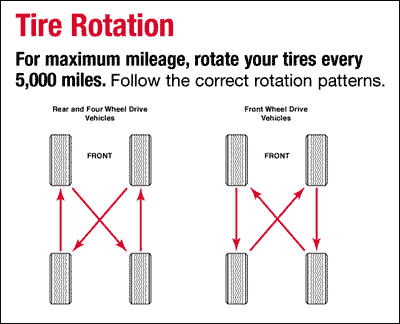
The cost of an AWD tire rotation will be about the same as a standard RWD or FWD car, provided that the wear isn’t too uneven. These tires will likely require balancing at each rotation, which can increase the cost up to 50%. A safe estimate is $80 to $100 at most tire shops for an AWD tire rotation.
Many people incorrectly assume that AWD and 4WD systems are the same. In most cases, they’re not—and a 4WD vehicle likely costs less to service than an AWD car. 4WD (also known as 4x4) is usually designed to run part-time only. This means that, on pavement, the vehicle almost exclusively uses the rear wheels for power unless the operator manually switches into 4WD.
4WD is not designed for dry pavement. In fact, using 4WD on asphalt can seriously damage the entire system—including the tires. Most expensive tire rotations are the result of improper 4WD use over an extended period of time.
If a 4WD system is operated and maintained correctly, the cost (and procedure) to rotate tires is usually the same as a 2WD system and rarely costs more than $100.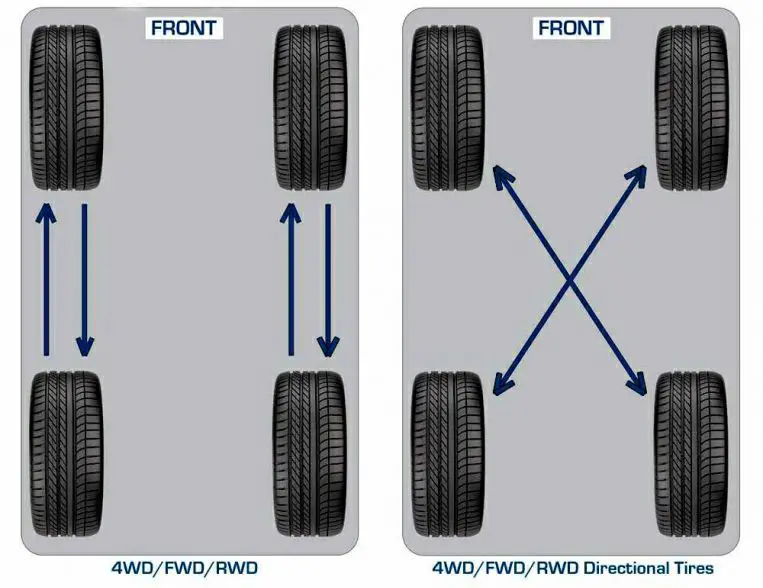
Electric vehicles are relatively new to the market. Yet they’ve quickly garnered a notorious reputation for burning through tires, and thus, needing more frequent tire rotations.
This is because electric vehicles apply 100% of their torque immediately, which is a massive strain on tires. A conventional car has a powerband and doesn’t reach peak performance until well after the tires begin to move. Electric vehicles are always at peak performance, which causes progressive tire wear.
Electric vehicle tires should be rotated every 3,000 miles for long life. The procedure itself usually costs about $80 to $100 and must occur more frequently than conventional vehicles.
The type of tire you have can increase the cost of a tire rotation. For example, large off-road tires (when used primarily on pavement) can wear down unevenly—and quite rapidly too.
Shop techs don’t like lifting massive wheels and tires, and balancing them requires more time and materials.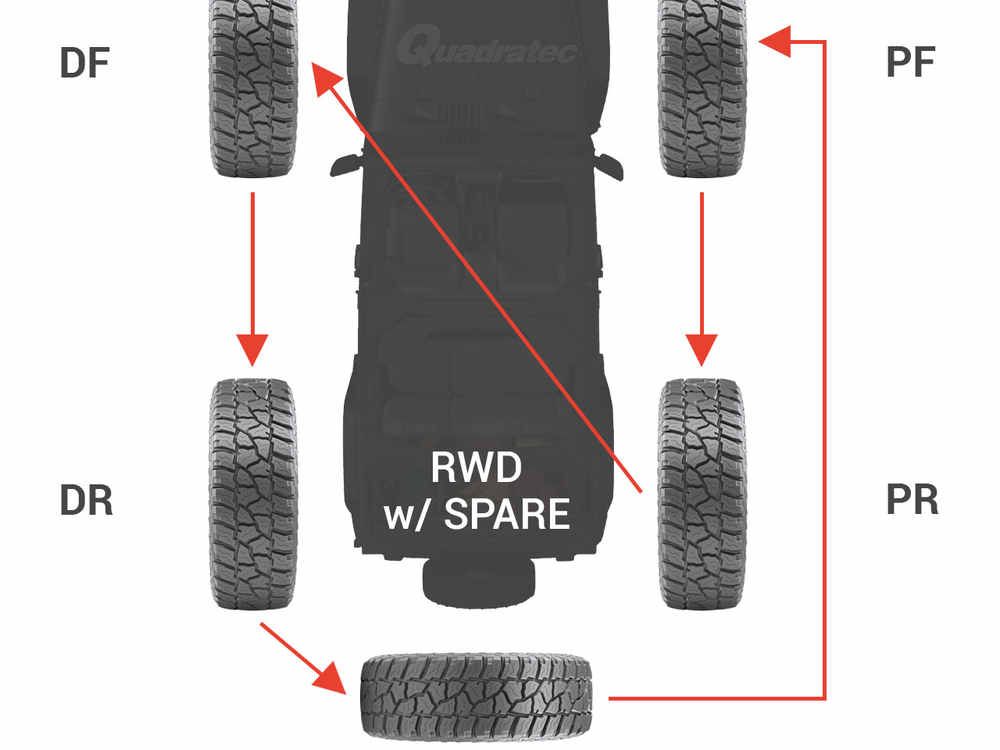 These factors can increase the price of tire rotations for big trucks and SUVs.
These factors can increase the price of tire rotations for big trucks and SUVs.
Today, it’s increasingly common for new vehicles to use larger wheels and tires in the rear. This is for traction and stability and may even increase fuel economy. However, it poses a problem for shop techs: cars with different tires in the back can’t receive a full rotation.
The cost of the rotation and balancing will be about the same and range from $40 to $100. However, techs will only be able to rotate the tires side-to-side and not back-to-front. Over time, this will decrease the life of the tires by up to 30% or more.
Yes, you can rotate your own tires virtually for free—but you won’t get the added benefit of tire balancing. As tires wear down, the need for counterweights increases. An unbalanced tire can cause dramatic vibrations on the highway and even throw off your alignment.
All you need to rotate tires is a jack and a tire iron. These items cost no more than $75 total, and they can be reused indefinitely. For the lowest-priced full tire service, simply remove all four wheels and take them to a tire shop for balancing prior to rotation. Be sure to leave the car on blocks or jack stands.
These items cost no more than $75 total, and they can be reused indefinitely. For the lowest-priced full tire service, simply remove all four wheels and take them to a tire shop for balancing prior to rotation. Be sure to leave the car on blocks or jack stands.
To make it clearer what consequences a car driver with wheels installed, figuratively speaking, "back to front", may face, let's figure out what directional tires are.
In this rubber, the drainage grooves are located in the direction of rotation of the wheel, converging towards the center in the direction of rotation.
Directional tires can be symmetrical or asymmetrical. In the first case, the tread halves mirror each other, enhancing traction and drainage capabilities. In the second case, the pattern type is different on both sides. Tires with directional tread are also available in winter, all-weather and summer tires, studded and studless.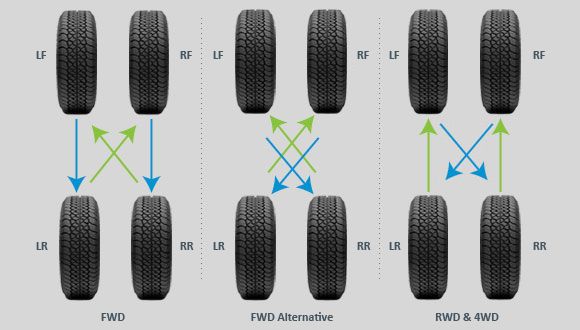
In this case, most often directional tires are found in winter and so-called "rain" models. You can distinguish tires with a directional tread by marking "Rotation", an arrow or triangular notches indicating the direction of the car.
Why and who should choose "directional" tires
The choice of tires with directional tread is justified, first of all, when you rarely leave the asphalt, that is, you move mainly in the city.
For rear-wheel drive vehicles, directional tires are also a smart choice and a way to increase traction, as the "driven" front wheels dry up the stretch of road before the rear wheels get to it. In addition, on winter snow-covered roads, the directional tread pattern helps to row snow and effectively remove it from the contact patch.
On packed snow, "directional" tires are again a priority. In summer, in addition to improved grip on wet surfaces, when choosing directional tires, we also get optimal driving stabilization. Such tires almost do not sag even at high speeds, and therefore are great for long-distance trips at a brisk pace.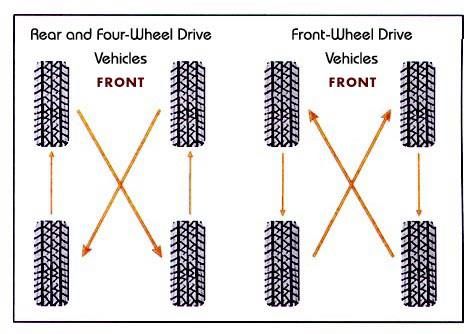
What happens if you install directional tires incorrectly
Now imagine that an inexperienced tire fitter or you yourself installed "directional" tires "against wool, mounting them on the wheels with the opposite sidewall.
First of all, such an error will affect the braking distance, however, not as significant as many believe.On average, when braking from 100 km / h on a wet or slippery surface, the car will travel about 1 - 1.5 meters more than a car with the right shoes - the corresponding measurements were repeatedly carried out by experts from leading automotive editions
Hydroplaning problems are much more serious. When the wheels, mounted on the wrong side, fall into a puddle, water or snow porridge will not be evacuated from the contact patch, and a so-called hydrodynamic wedge will appear in this area. As a result, the car can lose traction and literally "float", losing contact with the road already at 70 km / h. Accordingly, when driving on the highway, when the cruising speed is an average of 110 km / h, driving on rubber installed against the wool becomes literally dangerous.
It is also not surprising that the wrong orientation of the rubber complicates the control during extreme maneuvers, and also reduces the speed of their implementation. The steering angles increase and difficulties arise with the stabilization of the machine.
It is also clear that such tire fitting errors will lead to faster tire wear and higher driving noise. And, finally, problems can arise when driving on snow-covered primers. The tread of an incorrectly installed directional tire will collect snow in front of it and cause slippage.
If only one wheel is incorrectly installed
It is especially dangerous when only one wheel is installed "against the course". In this case, the car will go off course due to different rolling resistance or due to different thrust vectors of the wheels of the left and right sides. In particular, sideways pulls will be observed, which will be especially noticeable when braking.
Also remember that if one of the wheels gets punctured, you may need to fit a spare tire.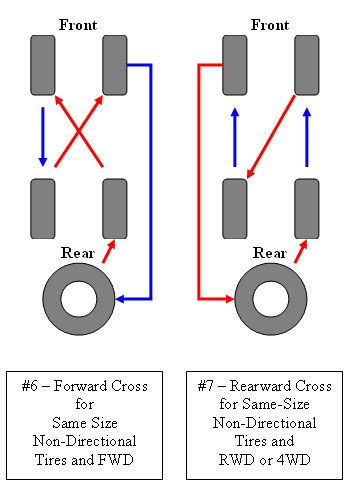 And if we are talking about a tire with a directional tread, then on one side of the car it will not work correctly. If this is the case, drive the spare tire with extra care without exceeding cruising 80-90 km/h
And if we are talking about a tire with a directional tread, then on one side of the car it will not work correctly. If this is the case, drive the spare tire with extra care without exceeding cruising 80-90 km/h
Pros of installing the wrong directional rubber
Perhaps the only advantage of installing directional rubber against wool is a slight improvement in flotation on the primer.
It is understandable - in this case, the protector will begin to better cling to loose or muddy surfaces. However, it is clear that no one in their right mind would specifically install rubber against the course in order to conquer off-road. It is much easier to simply lower the tires, thus increasing the contact patch and, accordingly, the patency.
We also add that it is not formally prohibited to install tires with a directional tread pattern backwards in our country. However, despite this, be careful when picking up a car from a tire shop after a seasonal or forced change of shoes.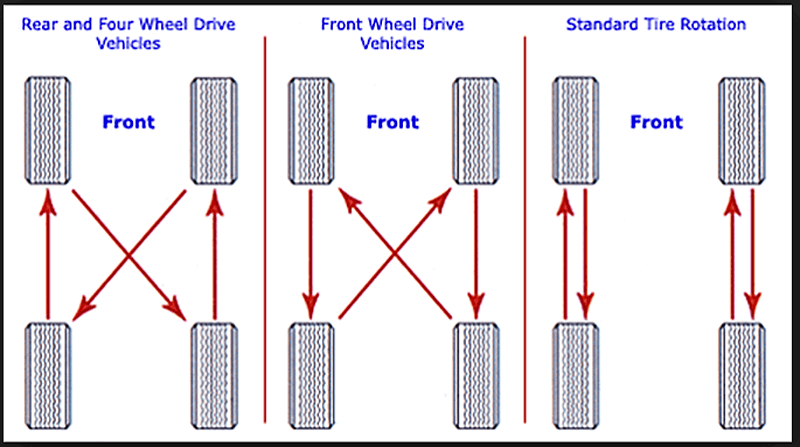 By controlling the work of the masters, you care first of all about your safety.
By controlling the work of the masters, you care first of all about your safety.
Can you see the situation on the road correctly? Is a free lane in front of a traffic light always a lucky break? And if the green light is on, do you always need to accelerate? Yuri Krasnov, teacher, driving instructor, unequivocally declares: no! Today's analysis is devoted to typical accidents that happen from a misreading of the traffic situation. And young drivers often get into such accidents - guess why?
On the 3rd of December, on Saturday, two cars collided at the intersection of Skrypnikova and Vyshelesskogo streets in Minsk: a Kia taxi and a Volkswagen car sharing. According to the metropolitan traffic police, the 39-year-old taxi driver was driving down Skripnikova Street from Odintsova Street and turning left at the intersection. But he did not give way to the driver of the carsharing car, which was moving in the opposite direction.
The situation was caught on video.
How did the participants in this accident act? Yuri Krasnov skillfully draws a crossroads on the board.
— Of course, the taxi driver was obliged to give way to oncoming cars, and the traffic rules say this clearly, — he states.
- But he was standing at a traffic light, and perhaps he had a plan in advance: he wanted to turn quickly. Or he saw that oncoming drivers were slow, they didn’t start quickly from a traffic light. And he decided: “I’ll have time, I’ll slip through!” I see situations like this all the time.0062 continues the instructor.
The idea is risky. And taking risks, you need to make sure that nothing gets in the way at the last moment.
— Let's imagine a situation: a driver tries to slip into a turn, goes to an intersection, and people are walking along a pedestrian crossing. The driver is forced to slow down to let them pass, and as a result, he himself gets stuck in the oncoming lane. Especially at small intersections such a disaster. If the intersection is large, you can still try to drive close to the crossing in order to free the road, and at a small one you will definitely either completely block it, or at least the back part will stick out, interfere with everyone else - indicates the leader of the rubric.
The driver is forced to slow down to let them pass, and as a result, he himself gets stuck in the oncoming lane. Especially at small intersections such a disaster. If the intersection is large, you can still try to drive close to the crossing in order to free the road, and at a small one you will definitely either completely block it, or at least the back part will stick out, interfere with everyone else - indicates the leader of the rubric.
But you never know what misfortunes can fall.
- The idle speed sensor breaks. Seems like nonsense? However, I have already found myself in this situation twice on different machines. You stand at a traffic light - everything is fine, the car works. You start to go, you are just making a turn, and the engine just died out of the blue. How can this be predicted in advance? And of course, the cars are already rushing at you with might and main, maliciously shining with high beams! Although, well, it’s obvious that the person did not just stop in the middle of the road, obviously some kind of trouble happened, - Krasnov gesticulates emotionally, hurt by those incidents.
- It's good if there are normal drivers who will wait and let you through. But there are those who will definitely start honking, urging. There are also those who fly and can no longer stop. And that's all: you fell into a trap, or rather drove yourself into it, just like a taxi driver in this case.
The Kia driver's plan would have succeeded if the Volkswagen had not been driving in the free lane. But his appearance had to be foreseen.
- The turning driver was driving too freely, too leisurely for the position in which he put himself. Well, if you want to slip in front of oncoming people, then skip, and don’t hang in the middle of the road in your smooth maneuver, , the expert continues.
- Perhaps he thought that everyone saw him and would not go anywhere - they would not ram?
- Some people don't realize how dangerous this situation is. I also heard this argument: “Well, I already went, so they will give way to me. ” Of course, those who see will yield. What about someone who can't see you? Here comes carsharing: he has a green light and a thirst for speed, he has already imagined in his head how he will kill everyone.
” Of course, those who see will yield. What about someone who can't see you? Here comes carsharing: he has a green light and a thirst for speed, he has already imagined in his head how he will kill everyone.
Therefore, whatever one may say, it would be better for the taxi driver to wait for a more convenient moment to turn.
— We can say that he was unlucky: he would have managed to pass if this car had not been driving — it just so happened, — sums up this part of Krasnov. - The fact that oncoming cars did not immediately rush - on the one hand, this provoked the driver to turn. But he also saw that one row ahead was free: you need to understand that someone could jump out of there. He did not calculate the situation - this is the mistake of an inexperienced driver.
— In general, young drivers often get into such accidents: they have a lot of energy, they are in a hurry, they are sharper. An experienced person usually does not get into such a situation, he just does not go, he does not need all this, - already an experienced instructor sighs.
An experienced person usually does not get into such a situation, he just does not go, he does not need all this, - already an experienced instructor sighs.
The driver of the carsharing Volkswagen drove up to the intersection in a free lane. That is, in the remaining rows there were cars standing at a traffic light, and there was no one in front of it.
- Many people perceive this situation as a happy opportunity to go around everyone. In fact, this is a real trap. The green light is on, but what's ahead? There is no visibility - other cars interfere, and there can be any danger, - Krasnov warns.
What are the dangers? Well, at least a car turning left, which was not visible until the last. Moreover, this car could move from a different direction, and then the result of the analysis of the accident could be completely different.
- Imagine that the taxi driver did not turn left, but passed the intersection in a straight line, but for some reason did not have time to complete it.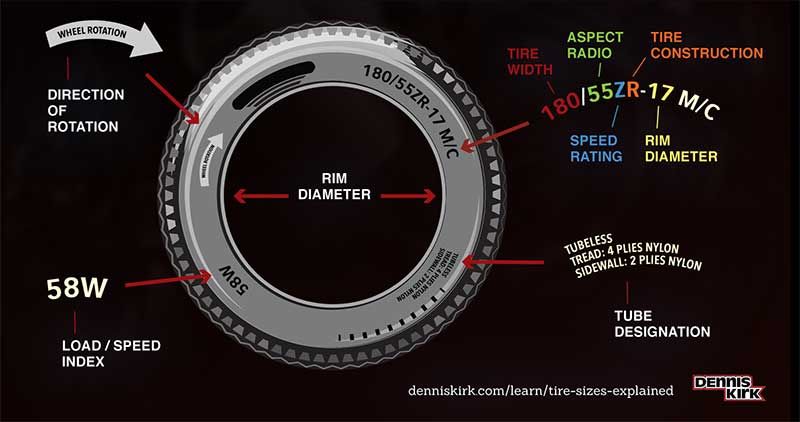 This happens all the time. He is trying to leave, and the car-sharing car is in a hurry to slip through the free lane - the green light is on for him. They collide just like in the video, but the car sharing driver is to blame, as he was obliged to yield. One nuance, and how everything turned upside down! - notes the teacher.
This happens all the time. He is trying to leave, and the car-sharing car is in a hurry to slip through the free lane - the green light is on for him. They collide just like in the video, but the car sharing driver is to blame, as he was obliged to yield. One nuance, and how everything turned upside down! - notes the teacher.
Or let's simulate another situation: green lights up for cars, but one of the pedestrians hesitated and did not have time to reach the sidewalk. He goes there, and the drivers humbly let him through. But such a car is approaching along the free lane, from which the green signal of the traffic light is clearly visible, but the person who is about to come out from behind the standing car is not visible at all.
And how many times, under such circumstances, there have been accidents involving cars with special signals. Neither beacons nor sirens save.
— The problem is that the driver of a car sharing car could repeatedly drive in the same way — he was just lucky, no one got in his way.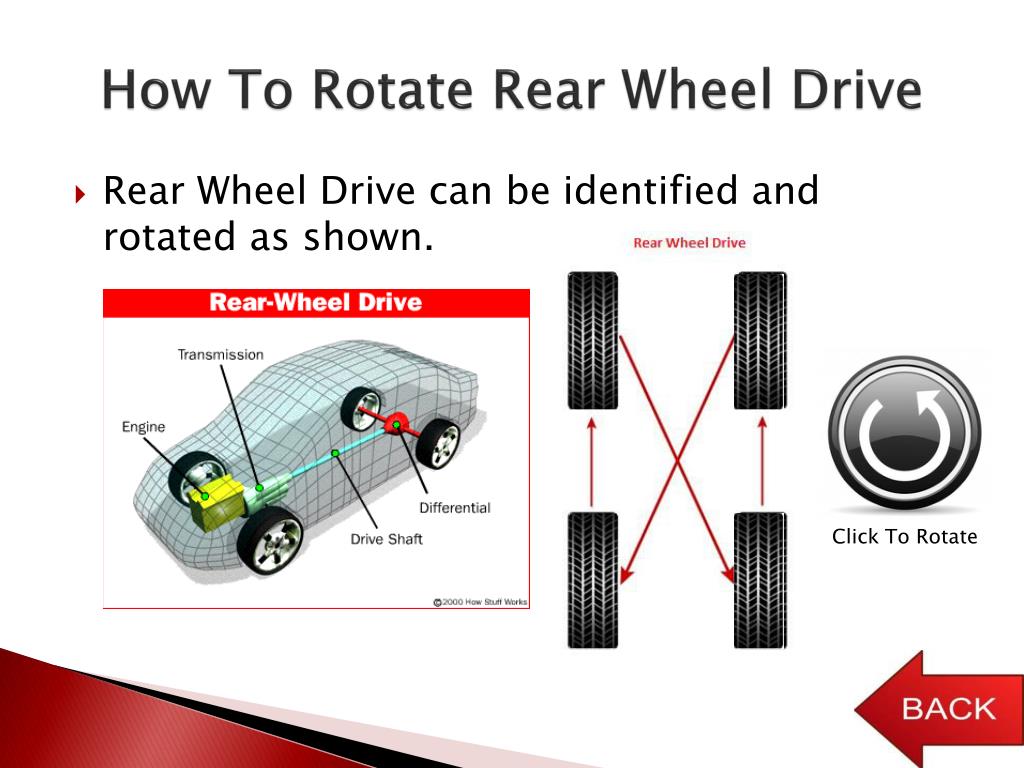 And he got used to it, it seemed cool to him. But in fact, he just drove blindly, - continues the leader of the column. - At the crossroads, you need to be prepared for the fact that someone can suddenly appear literally out of nowhere. There is no need to complicate life for yourself, a green traffic light is not a guarantee of safety.
And he got used to it, it seemed cool to him. But in fact, he just drove blindly, - continues the leader of the column. - At the crossroads, you need to be prepared for the fact that someone can suddenly appear literally out of nowhere. There is no need to complicate life for yourself, a green traffic light is not a guarantee of safety.
The unwritten rule: if the green light is on and there is a free lane ahead, but the whole situation is not visible, let the others get at least to the middle of the intersection, do not fly ahead of everyone, and then you will have some kind of safety net.
Often, drivers, especially in the right lane, try to get ahead of others at the intersection, knowing that the lane ahead ends or is occupied by parked cars. The motivation is clear, but the risk is too great.
- Let you see that the green light is on at the crossroads, and maybe it has been on for a long time. Don't fall into the trap, slow down, - advises the instructor. - Maybe you won't have time to pass first, maybe even, then they won't let you change lanes normally - that's all. There are enough of those who, seeing that you want to rebuild, will not help, but, on the contrary, will interfere. OK. All thoughts should be about how to drive safely, not how to drive faster.
- Maybe you won't have time to pass first, maybe even, then they won't let you change lanes normally - that's all. There are enough of those who, seeing that you want to rebuild, will not help, but, on the contrary, will interfere. OK. All thoughts should be about how to drive safely, not how to drive faster.
The paradox of this situation: if you see green, slow down.
The theory is over, the practice begins. Krasnov is taking us along the crossroads of the winter city. On Pobediteley Avenue, we find ourselves in exactly the situation we were talking about: a green traffic light is on near the stele, all rows are quite loaded, and for some reason the right one is free.
— Drivers usually don't like to go there. Firstly, movement is allowed not only in a straight line, but also to the right - you can get stuck. Secondly, the lane ends after the intersection, in a small area you will have to look for an opportunity to change lanes.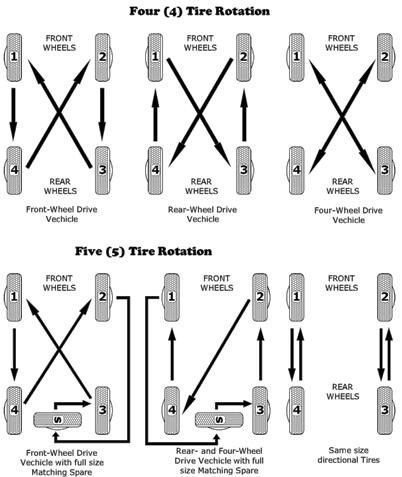 But the most hasty now and then try to get ahead of everyone and squeeze into this window. At the same time, what is being done on the left at the intersection is not visible due to other cars, so this is a blind game, , the expert explains.
But the most hasty now and then try to get ahead of everyone and squeeze into this window. At the same time, what is being done on the left at the intersection is not visible due to other cars, so this is a blind game, , the expert explains.
We passed this intersection several times - and we are constantly tempted to go to the right, where it is freer. The two left lanes turn onto Masherova Avenue, and those who need a straight line can speed up. The big question is, is it worth it? On the left, something always blocks the view, including buses, behind which nothing is visible at all. A lost pedestrian, a car with flashing lights, someone stuck at an intersection - the faster we drive, the less likely we are to notice them in time. Although, for complacency, you can convince yourself that the green light is on us and we are definitely right.
- It is necessary that a person understands and knows how to recognize closed-view situations. Because there is a provoking factor - the green light is on, you can sort of go.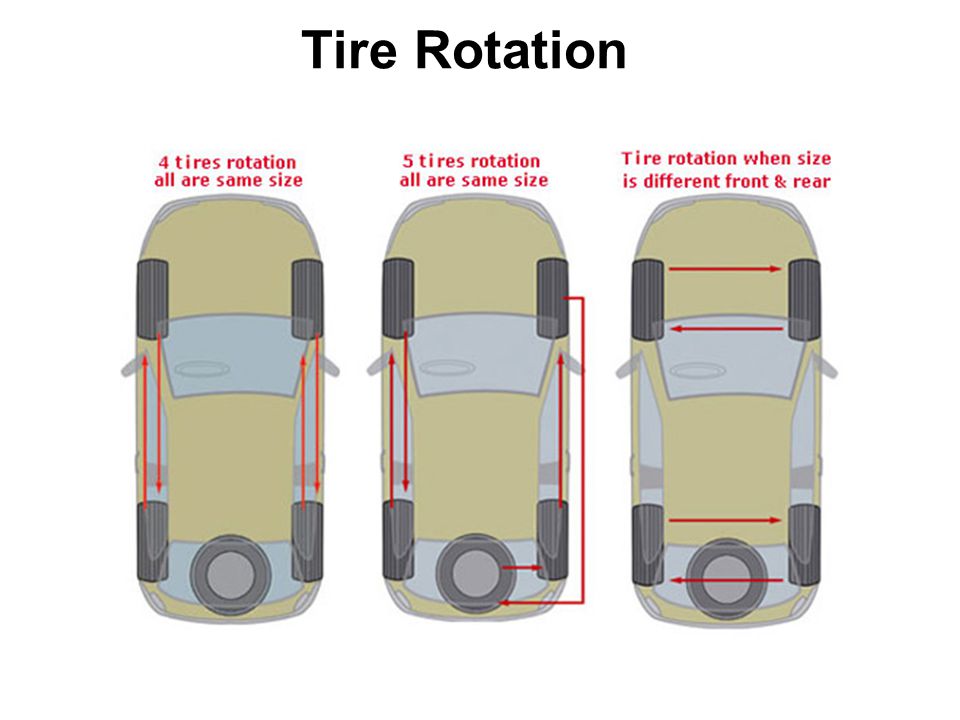 But everyone should understand that, no matter how paradoxical it may sound, it is not always possible to safely go to the green, situations are different. If you can’t see the whole situation ahead, then even on the green you need to drive at a slower speed, - notes our driver.
But everyone should understand that, no matter how paradoxical it may sound, it is not always possible to safely go to the green, situations are different. If you can’t see the whole situation ahead, then even on the green you need to drive at a slower speed, - notes our driver.
The fact that at the crossroads things may not go quite according to plan, we saw at the intersection of Pobediteley Avenue with Narochanskaya Street near the Minsk Arena. Turning left, onto the avenue, is allowed from two lanes. During heavy traffic, those who want to go straight have a hard time. I waited until everyone who was in front turned, and the green light was already on the avenue. I would like to finish the maneuver myself, but someone is already driving to the side.
We found ourselves in just such a situation and even with some excitement looked into the empty rightmost row of the avenue. If someone there decided to slip onto the green, he would have seen our car right in front of his nose, because to his left the view was completely blocked by a minibus, a MAZ accordion and a truck. Fortunately, there was no one in the right lane.
Fortunately, there was no one in the right lane.
— People, if the car in front of you is trying to turn and does not have time, then you need to help him, because anything can happen. The driver expected to be in time, but something went wrong. And many of us do the opposite: “Oh, he didn’t have time, now I’ll win back on him.” That is, they try to catch a mistake. And it only makes it worse for everyone, - Krasnov says thoughtfully.
Do you have a topic for "Discussion with Krasnov"? Write to us: [email protected] or t.me/vitpetrovich.
Car tires Belshina Artmotion Snow Bel-287 185/65R15 88T
502 reviews
18 offers0003
winter, for passenger cars, without studs, country of origin: Belarus
169 r.
14 offers
Car tires Tigar Winter 205/55R16 94H
123 reviews
13 offers
Customers choice
Car tires Cordiant Winter Drive 2 205/55R16 94T
53 reviews0003
$143
8 offers
Car tires Viatti Brina V-521 195/65R15 91T
57 reviews
12 offers
Over 3,000 winter tires in the Onliner Catalog
Is there anything to tell? Write to our telegram bot.